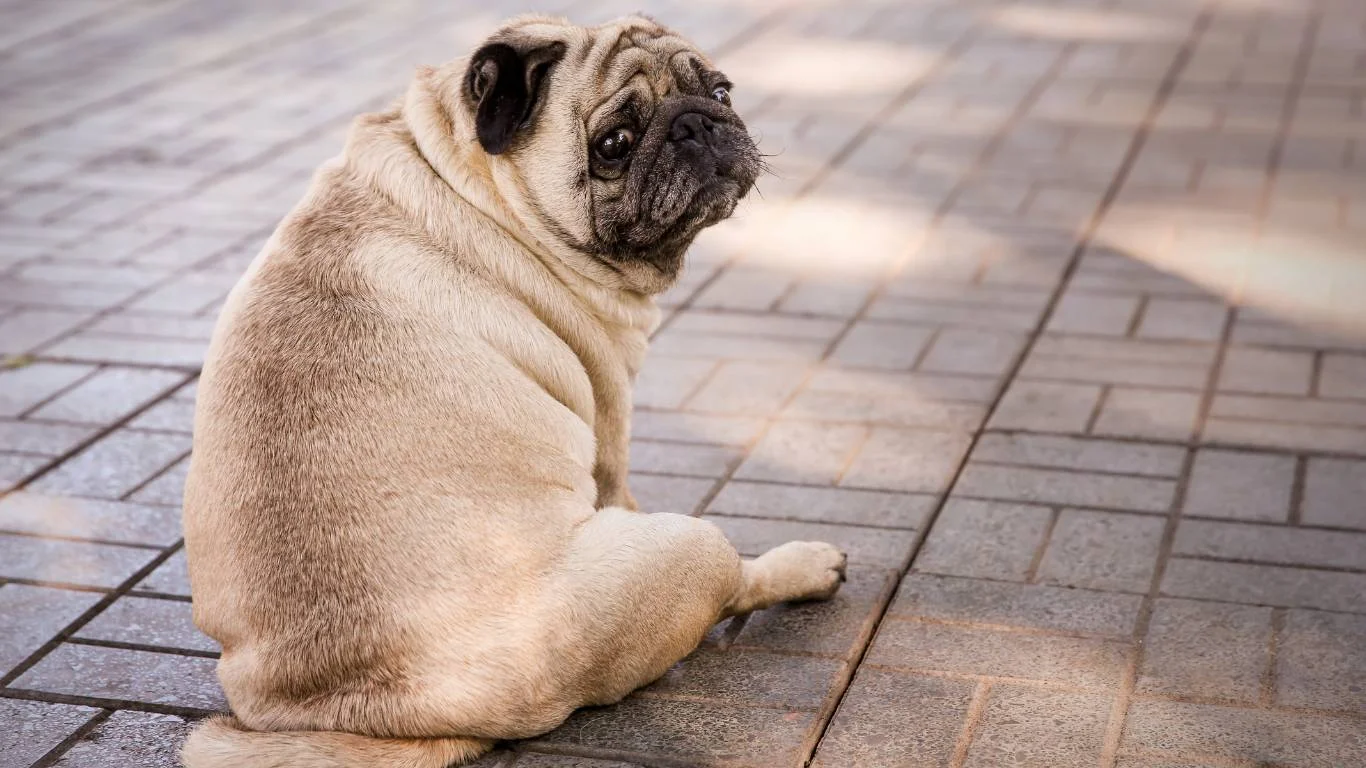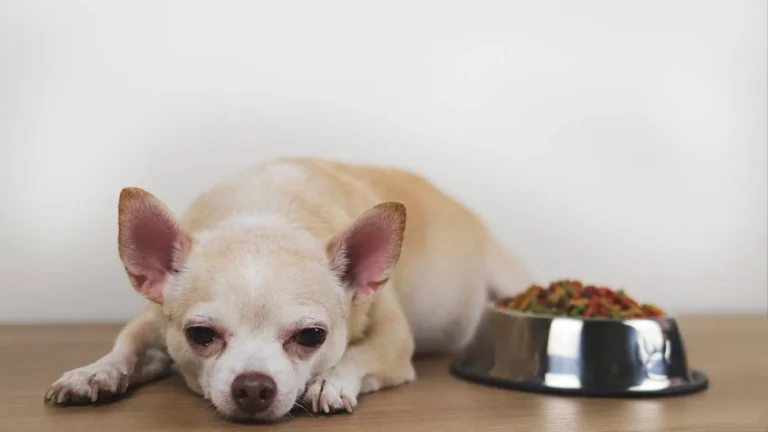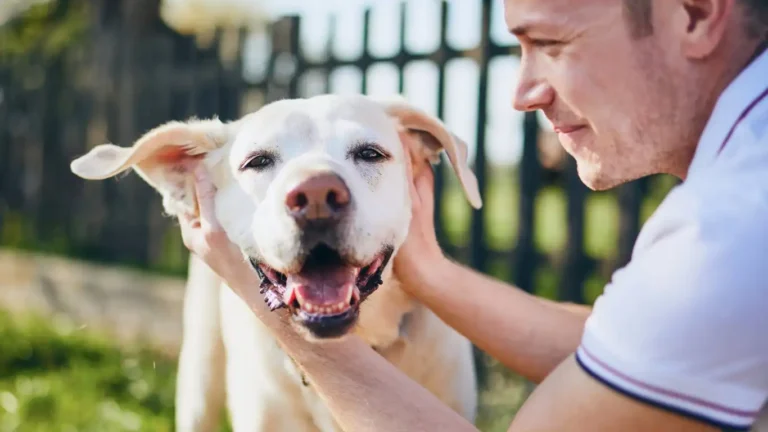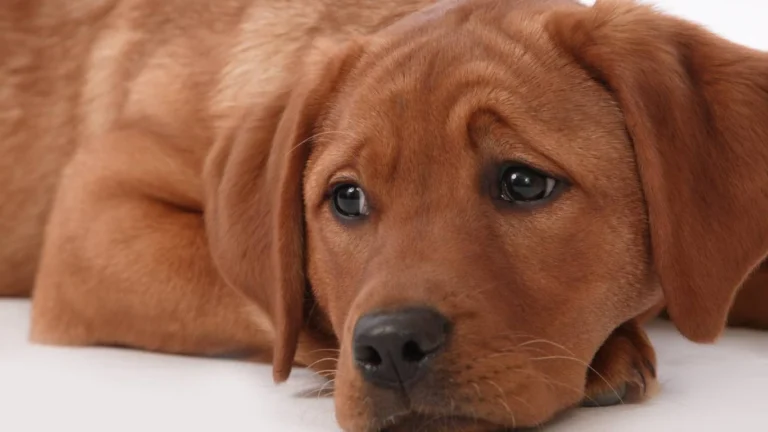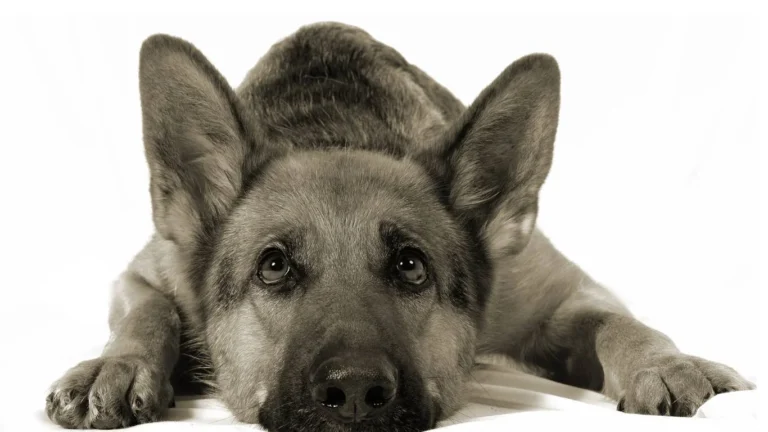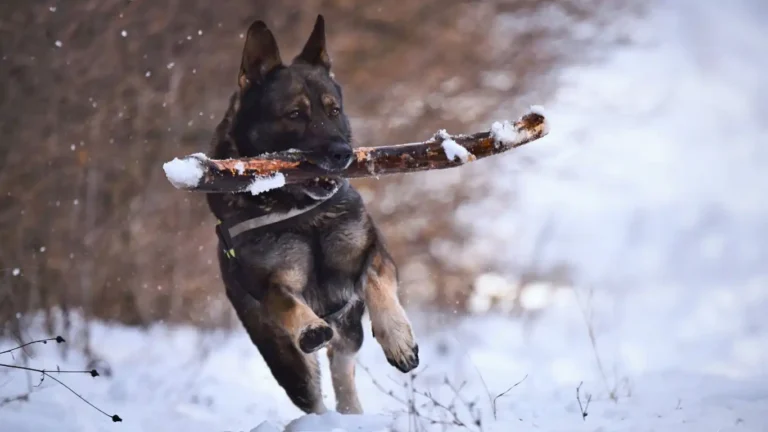How to Help a Dog with Post-Surgery Anxiety: Essential Tips for Calm Recovery
Seeing your dog struggle after surgery is tough. I’ve been there—not just as a Veterinary Assistant with a focus on pet nutrition, but also as a dog mom who’s watched my own pup tremble with post-op jitters. That’s why today, we’re diving into something incredibly important: how to help a dog with post-surgery anxiety. This isn’t just about soothing nerves; it’s about setting your dog up for real recovery—physically and emotionally. From my hands-on clinic experience, I’ve learned a lot about the small (but powerful) ways we can support our dogs during this sensitive time.
Understanding the Root of Post-Surgery Anxiety in Dogs
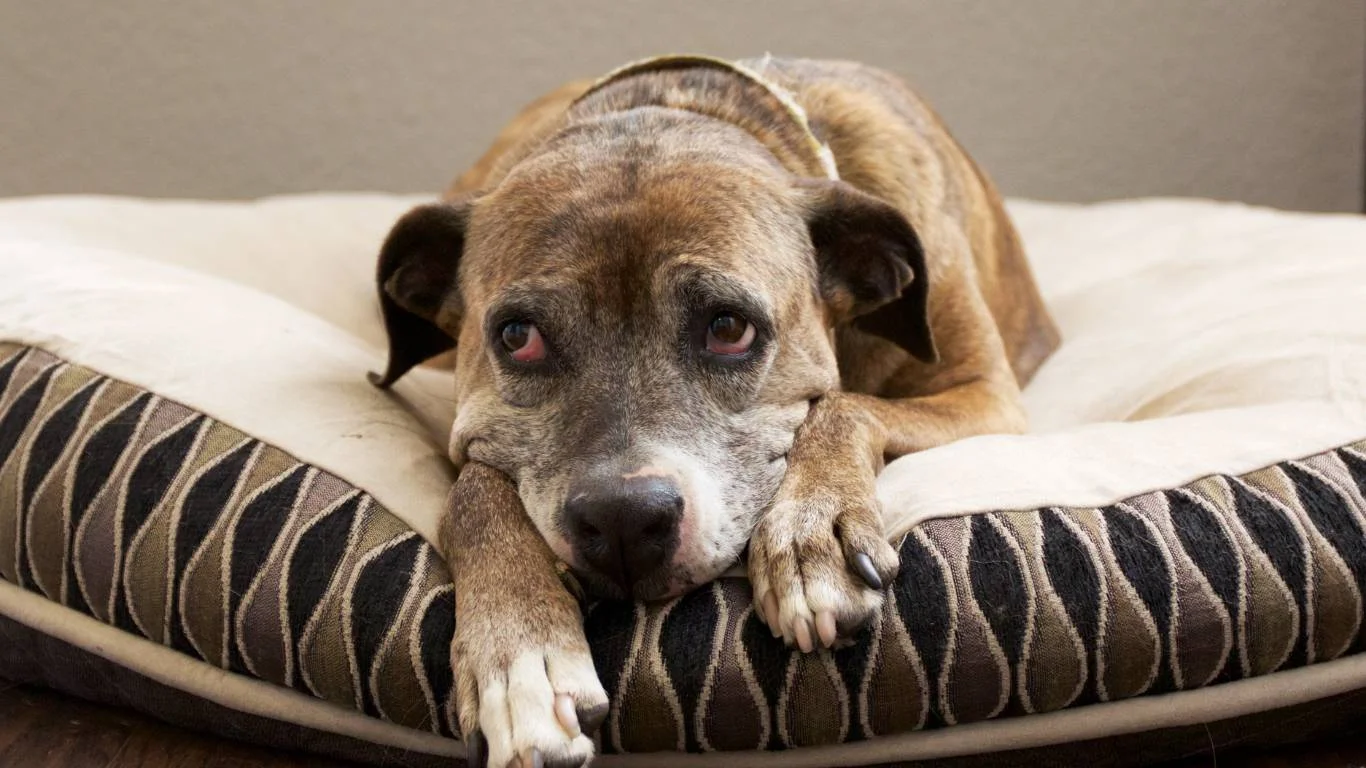
Surgery is more than just a physical experience for dogs. It’s a full-on sensory overload. Imagine waking up groggy in a strange place with new smells, lights, sounds, and zero clue what just happened. That confusion? It’s anxiety fuel.
From what I’ve seen in the clinic, dogs react in all kinds of ways post-op—some pace endlessly, others won’t eat, and some just shut down completely. While pain and discomfort play a role, there’s a big emotional side to it that we can’t ignore. Our job? Be the calm in their storm.
Why This Anxiety Matters More Than You Think
Unchecked anxiety can slow healing, suppress appetite, and even cause behavioral setbacks. I’ve seen dogs chew at stitches, refuse pain meds, or hide from their owners for days. Not only is that heartbreaking, it can also complicate recovery in serious ways.
That’s why addressing anxiety isn’t just nice—it’s necessary.
Setting the Stage: Creating a Calm Recovery Environment
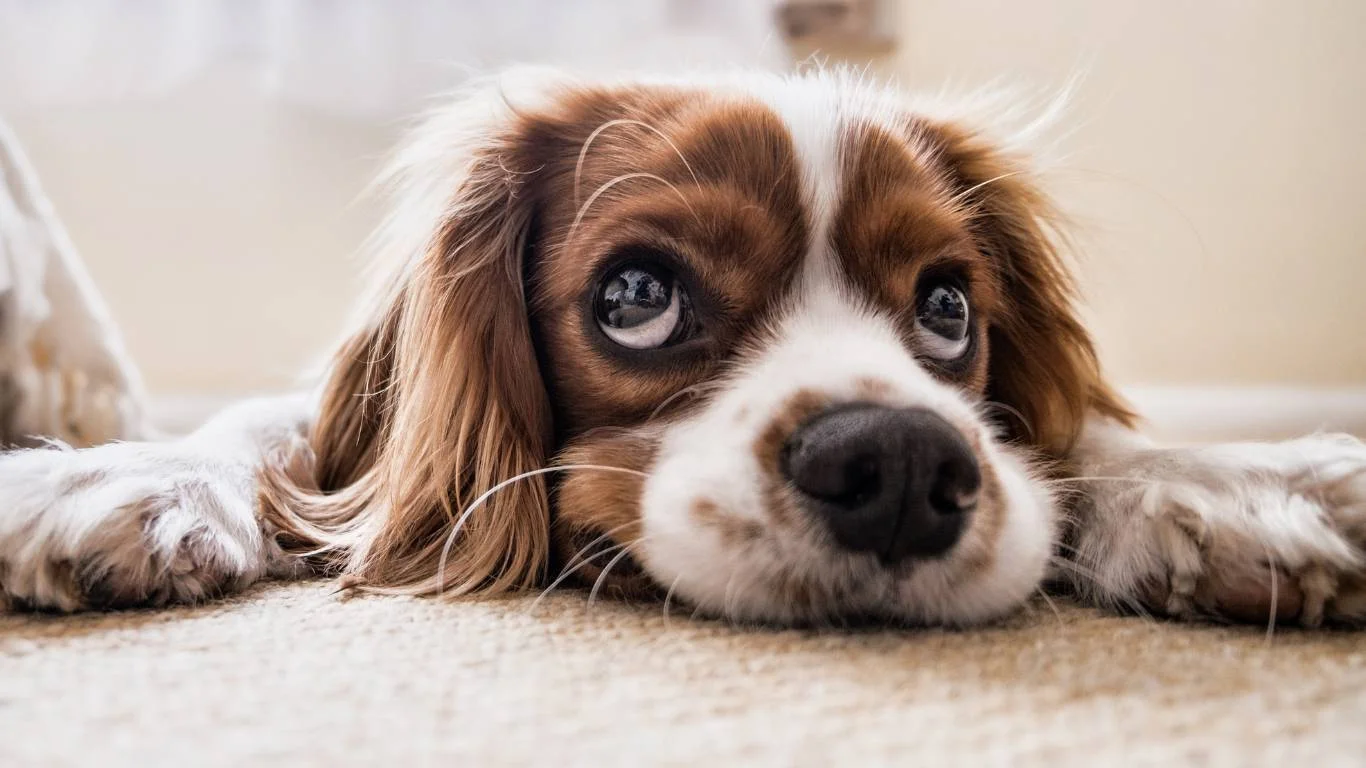
One of the first things I always tell pet parents is: your home becomes their hospital room. And just like we’d want a quiet, cozy place to rest, so does your dog. Making a peaceful recovery space is step one in easing post-surgery anxiety.
Essentials for a Healing Space:
- Soft bedding: Think orthopedic or memory foam. After all, sore bodies need extra comfort.
- Familiar scents: Place one of your worn t-shirts nearby—your scent can be incredibly soothing.
- Dim lighting: Bright lights can overstimulate. Keep it mellow, especially at night.
- White noise or soft music: Gentle background noise can help drown out scary sounds and keep your dog relaxed.
- Safety first: No stairs, slippery floors, or places where they could fall or jump.
One of my favorite tricks? Setting up a crate or small pen with soft blankets and a favorite toy. A cozy “den” helps them feel secure—and less likely to wander or hurt themselves.
Nutrition’s Role in Emotional Recovery
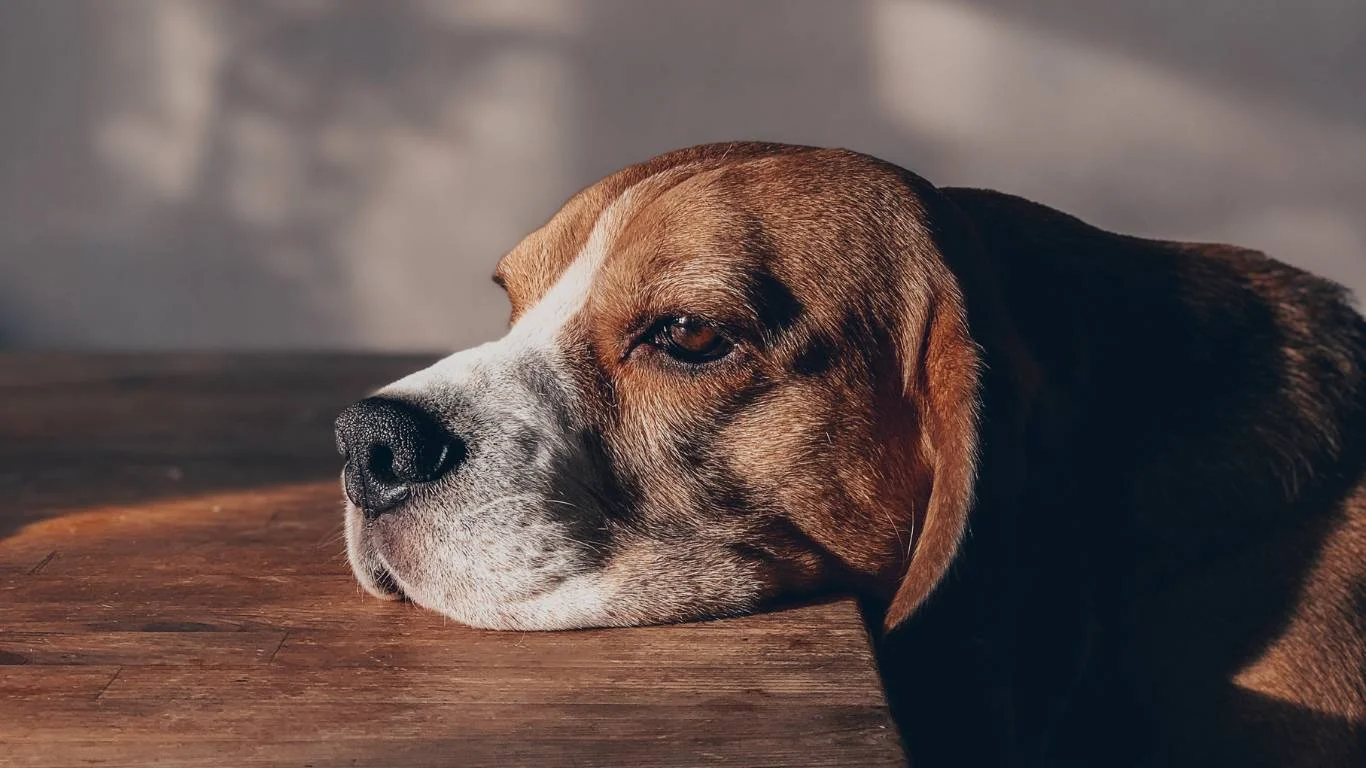
This is where my nutrition experience really comes in handy. Just like us, dogs don’t eat well when they’re anxious—but skipping meals means they miss out on nutrients that aid in healing and mental balance. I always recommend focusing on easy-to-digest, high-value food during recovery. Sometimes, even warming up their meals can tempt a nervous eater.
Tips to Support Post-Surgery Appetite:
- Offer bland, warm meals: Think boiled chicken and rice, or vet-approved recovery diets.
- Add bone broth: Not only does it boost flavor, but it’s packed with collagen and hydration benefits.
- Hand-feed if needed: Yes, it’s time-consuming. But it builds trust and can encourage eating.
- Use calming supplements: L-theanine and tryptophan can gently reduce anxiety without meds.
And if your dog is still refusing food? Talk to your vet. Sometimes anti-nausea or mild anti-anxiety meds can help get things back on track.
Recognizing the Subtle Signs of Canine Anxiety
Not all dogs whine or bark when they’re anxious. Some just get really still. Others pace, yawn constantly, or lick their paws obsessively. As a Veterinary Assistant, I’ve had pet parents swear their dog “was fine,” only to notice signs once we pointed them out.
Common (and Easy-to-Miss) Anxiety Cues:
- Loss of appetite
- Shaking or trembling
- Restlessness or pacing
- Refusing to lay down
- Hiding or avoiding eye contact
- Whining or excessive licking
Keep a journal or use your phone’s notes app to track any behavior changes—it helps you spot patterns and know when things are improving or getting worse.
Building Trust Through Routine and Reassurance

One of the most comforting things for a dog after surgery? Predictability. When everything else feels off—pain, sleep, food—having a routine is like an anchor. From working with dozens of post-op pups, I’ve found that dogs thrive when they know what to expect. Honestly, even small daily rituals make a difference.
Set a basic schedule for feeding, potty breaks, medications, and gentle check-ins. I had one nervous pup named Ollie who literally calmed down when we started doing the same bedtime ritual every night: a warm compress on his belly, a little soft-tissue massage, and low-volume classical music. Within a few days, it was like clockwork—he’d start relaxing as soon as the music played.
Simple Ways to Create a Healing Routine:
- Stick to the same feeding times — predictability soothes anxious minds.
- Consistent medication windows — helps prevent spikes in discomfort or restlessness.
- Gentle handling rituals — brushing, wiping, or applying topical treatments can become calming cues.
- Verbal reassurance — use a calm voice to talk them through changes like bandage swaps or short walks.
Bonus tip: I always tell pet parents to use positive associations with necessary care. Think treats or snuggles after meds. It goes a long way toward reducing resistance next time.
Exercise vs. Rest: Finding the Right Balance
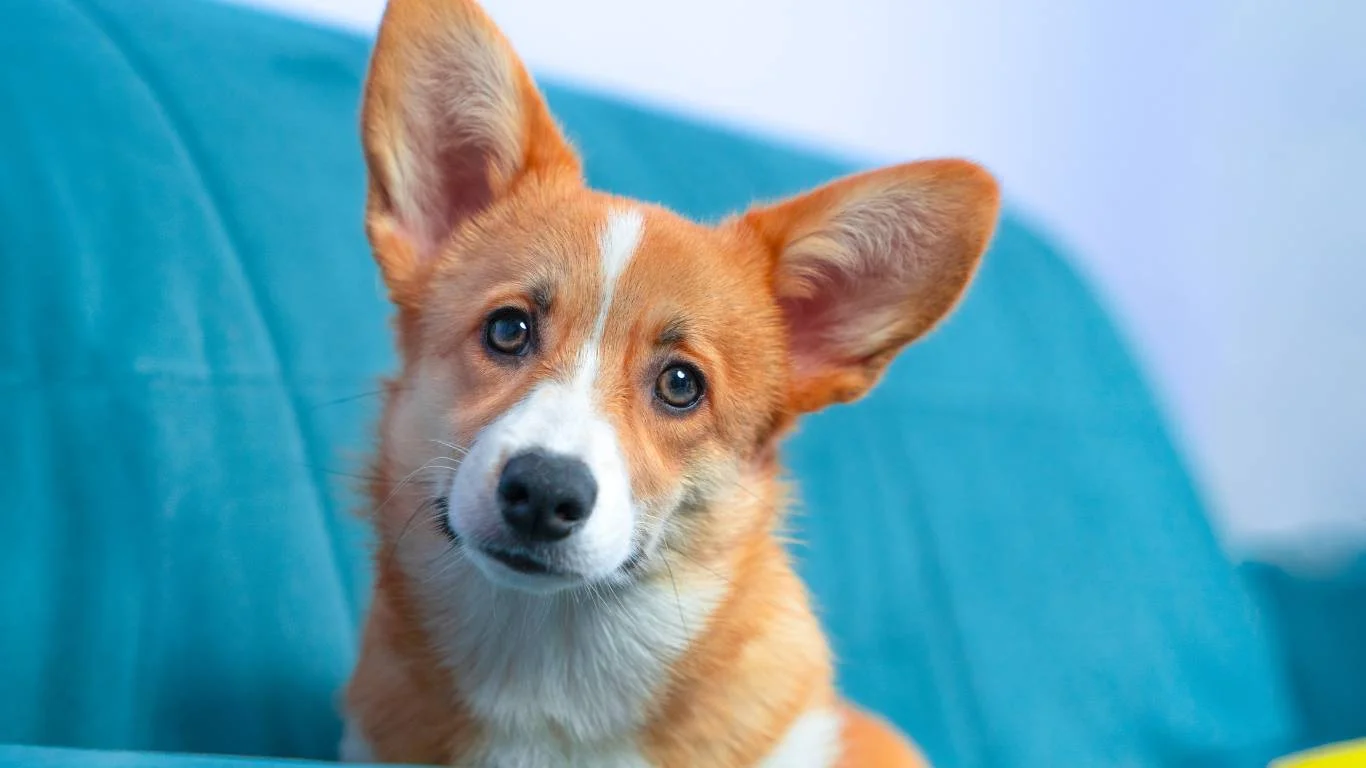
After surgery, your vet will probably tell you “keep your dog calm”—but what does that even mean when they suddenly decide to do zoomies on day three? I’ve seen it happen. That post-op adrenaline spike is real!
The key is balancing rest and gentle activity. Movement helps with circulation, digestion, and mental stimulation—but too much too soon can undo healing. My go-to advice: short, leashed potty breaks and passive enrichment (think snuffle mats or frozen treats) are perfect for the first couple of weeks.
Post-Surgery Activity Do’s and Don’ts:
- Do: Supervised short walks on-leash only.
- Don’t: Let them jump on furniture, run freely, or play rough—even if they “seem fine.”
- Do: Use puzzle feeders or lick mats to engage their brain.
- Don’t: Skip movement entirely; stiff muscles lead to slower healing.
And honestly? Ask your vet about guided rehab or physical therapy if your dog had orthopedic surgery. I’ve referred plenty of pet parents to certified canine rehab specialists, and the difference in confidence and calm was amazing.
Soothing Through Scent and Sound
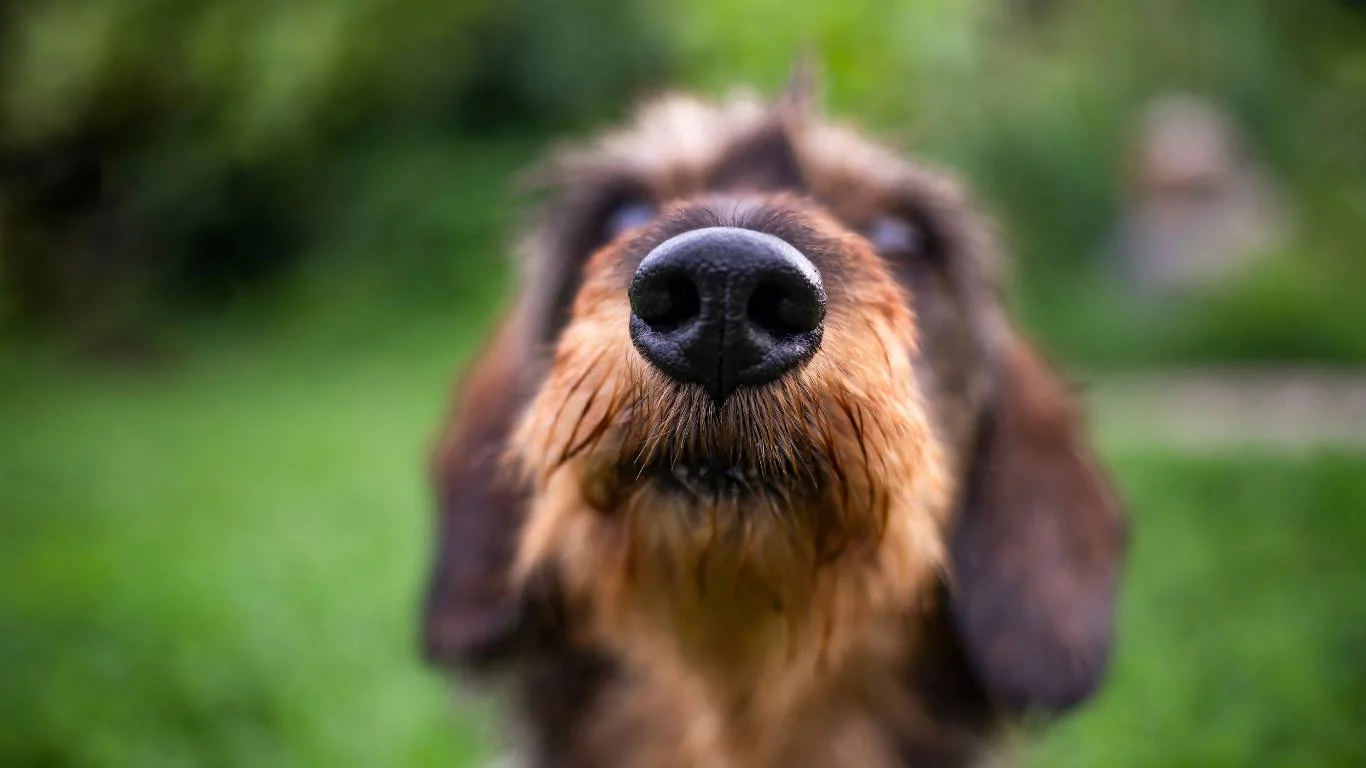
This is one of my favorite “secret weapons” when helping anxious dogs post-surgery. Our canine patients are highly scent-driven, and calming smells can work wonders. I’ve used dog-safe essential oil diffusers in the clinic, and I’ve seen tense dogs visibly relax after a few minutes of lavender or chamomile floating in the air.
Same goes for sound. Soft, low-frequency music has been shown to reduce canine anxiety—especially classical, reggae, and soft rock. And if you have a nervous dog who hates being alone? Leave on an audiobook or your own voice recording. Familiarity can ease fear.
My Top Tools for Sensory Comfort:
- Adaptil diffusers or sprays: These mimic canine pheromones that help dogs feel safe.
- Lavender or chamomile oil (dog-safe, diluted): Use sparingly in a diffuser, never directly on fur.
- Spotify “Dog Calming” playlists: Yes, they exist—and they work!
- Your voice: Record yourself reading or chatting to create a calming loop while you’re away.
One dog I cared for, Daisy, responded so strongly to scent therapy that her post-op whining completely stopped when we turned on her diffuser and dimmed the lights. Her human was amazed—so was I, honestly!
When Professional Help Makes Sense
Sometimes, despite our best efforts, anxiety hangs on a little longer than expected. That doesn’t mean you’ve failed—it just means your dog might need extra support. Vets and behaviorists see this more often than you’d think, especially after major surgeries.
There are safe, short-term anxiety medications that can take the edge off and help your dog feel more like themselves. I’ve seen them used in clinic to great effect—especially for dogs with a history of anxiety or reactivity. And if meds aren’t your thing, there are also natural options like CBD, calming chews, and acupuncture.
Signs It’s Time to Loop in a Pro:
- Your dog refuses food or water for more than 24 hours.
- They’re showing aggression, fear-based behavior, or extreme withdrawal.
- They’re not sleeping, or seem hyper-alert at all times.
- Nothing you try is making even a small difference.
Just know that asking for help is a sign of love. As someone who’s supported dogs through hundreds of recoveries, trust me—getting the right help early can prevent long-term issues down the road.
Helping Your Dog Feel Emotionally Safe Again
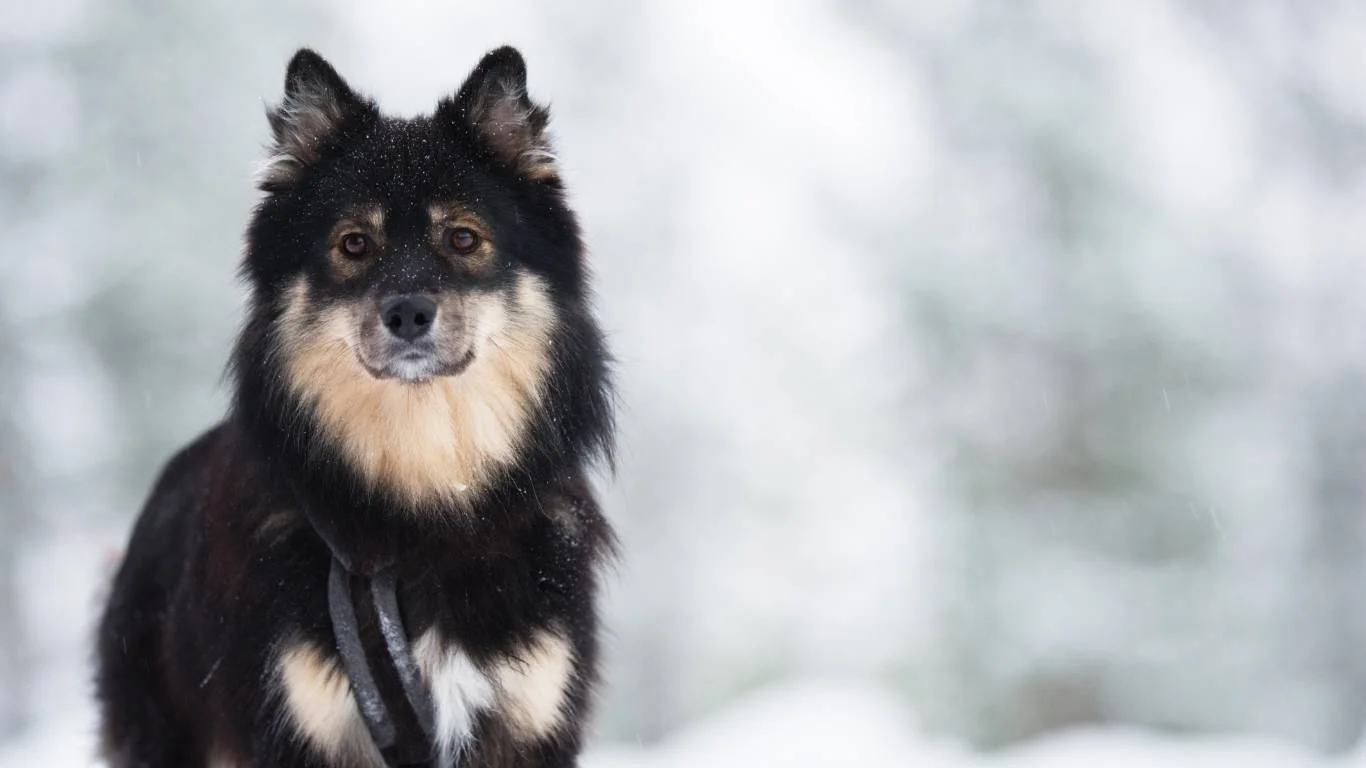
As your dog starts to physically recover, there’s one thing I always remind pet parents of—it’s not just about healing the incision site. It’s also about helping your pup feel safe again. Surgery shakes up their whole world, and even after the cone comes off, some dogs stay “on edge” for a while. That’s totally normal.
I’ve had clients come in weeks later saying, “He’s walking fine, but he’s just… not himself.” That lingering nervous energy? That’s post-surgery anxiety still hanging around. It takes time—and a lot of patience—to rebuild their confidence.
Ways to Rebuild Emotional Security:
- Go slow with reintroductions: Don’t rush them back into dog parks, playdates, or noisy environments.
- Reward bravery: Use treats and praise for calm behavior, even if it’s just them stepping out of their safe space.
- Stick with positive reinforcement: Avoid scolding for clinginess or regressions—those are fear responses, not stubbornness.
- Increase autonomy gradually: Let them lead the pace when it comes to exploring again.
One of my fosters, Luna, took almost three weeks before she felt brave enough to sleep outside her crate after a leg surgery. We celebrated every little moment—tail wags, tiny zoomies, and finally her choosing to sleep on the couch again. It’s about celebrating the emotional wins, not just the physical ones.
Keeping Yourself Calm Helps More Than You Know
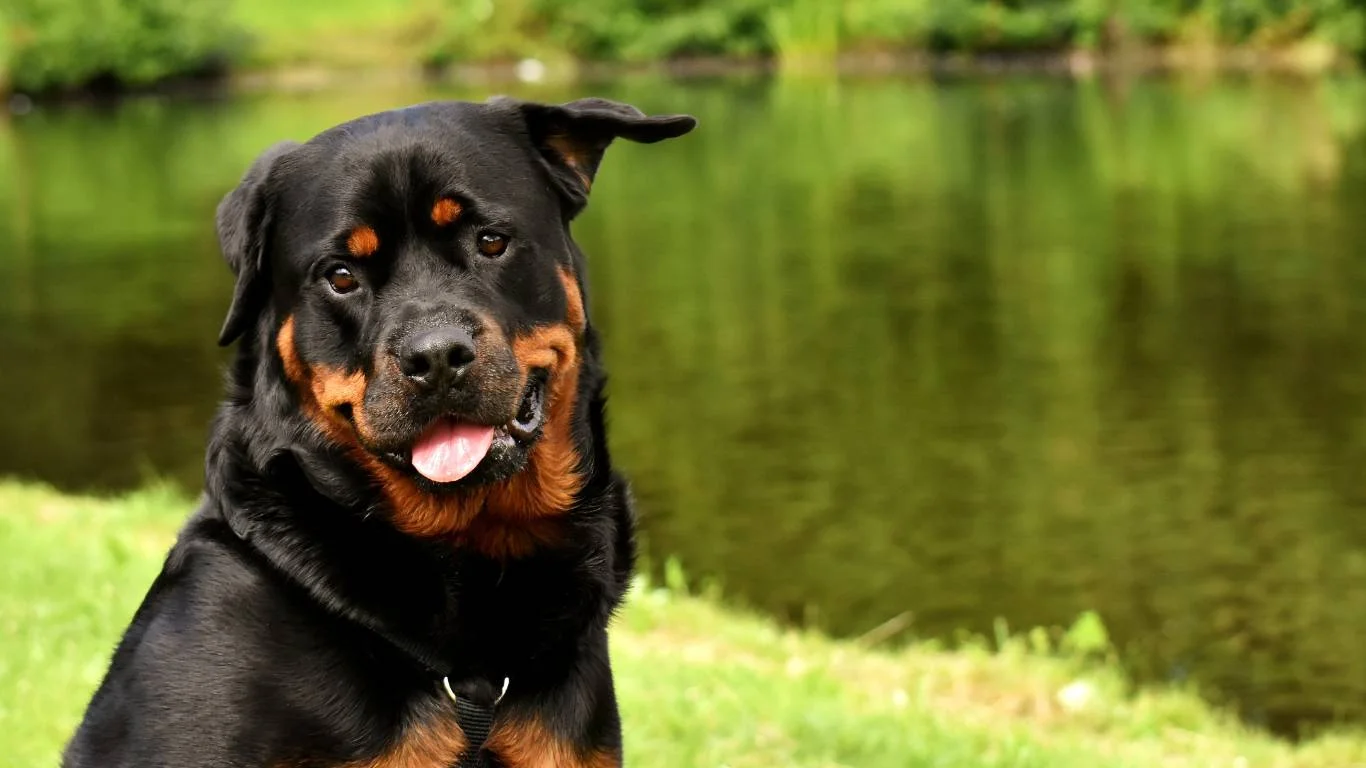
Let’s be real—helping a dog with post-surgery anxiety can take a toll on you, too. I’ve seen pet parents run on empty, worried sick and second-guessing everything. The thing is, your energy directly impacts your dog’s recovery. They’re emotional sponges. If you’re anxious, they pick up on it—fast.
That’s why I always encourage taking short breaks, leaning on your vet team for support, and giving yourself grace. You’re not going to do everything perfectly, and that’s okay. You’re doing your best—and that’s what your dog needs most.
Ways to Take Care of You (So You Can Care for Them):
- Tag in a friend or family member so you can nap or shower.
- Use calming tools for yourself—tea, meditation, breathing apps, whatever works.
- Join a pet recovery support group online—it helps to talk to people who get it.
- Remind yourself: healing is not linear. Ups and downs are part of the journey.
And don’t hesitate to reach out to your vet or vet techs with questions—even if it feels small. We’re here to help. I always tell clients: if something feels off, it’s worth checking in. Your gut is usually right.
Preventing Future Anxiety Triggers
Once your dog is back on their feet, it’s a great time to think ahead. What can you do now to reduce stress if surgery (or any medical procedure) happens again in the future?
Prevention is powerful. I’ve worked with a lot of pet parents who’ve turned their dog’s recovery journey into an opportunity to train calm behaviors and build emotional resilience for the long haul.
Simple Training and Prep Tips:
- Desensitize to handling: Practice gently lifting paws, looking in ears, or touching their belly in short sessions.
- Normalize the vet trip: Swing by the clinic just to say hi, get treats, and leave without anything scary happening.
- Use calming cues regularly: If you used music, scents, or routines during recovery, keep them up occasionally so they stay familiar.
- Introduce a comfort object: A stuffed toy or blanket used during surgery can become a long-term comfort tool.
Think of it like building an emotional toolkit—for both you and your pup. The more familiar and safe those tools feel, the easier it’ll be to tap into them if anxiety ever returns.
Final Thoughts: Healing is a Team Effort
Helping your dog through post-surgery anxiety isn’t just about vet meds and rest. It’s about heart. About presence. About being their person when they feel most unsure. If you’re reading this and you’re in the thick of it—just know, you’re already doing something amazing. You’re showing up. You’re learning. You’re giving your dog the best chance at a full recovery, inside and out.
From all the pups I’ve helped over the years, I can promise you—your dog feels your love. And that love? It’s the most powerful medicine there is.
Helpful Resources:
- American Veterinary Medical Association
- Cornell University College of Veterinary Medicine
- American Gastroenterological Association (For nutrition & GI recovery)
- ASPCA – Post-Surgery Recovery Tips
Disclaimer:
This article is based on my personal experiences as a Veterinary Assistant and is intended for informational purposes only. Always consult with your licensed veterinarian for medical advice specific to your pet’s condition.
